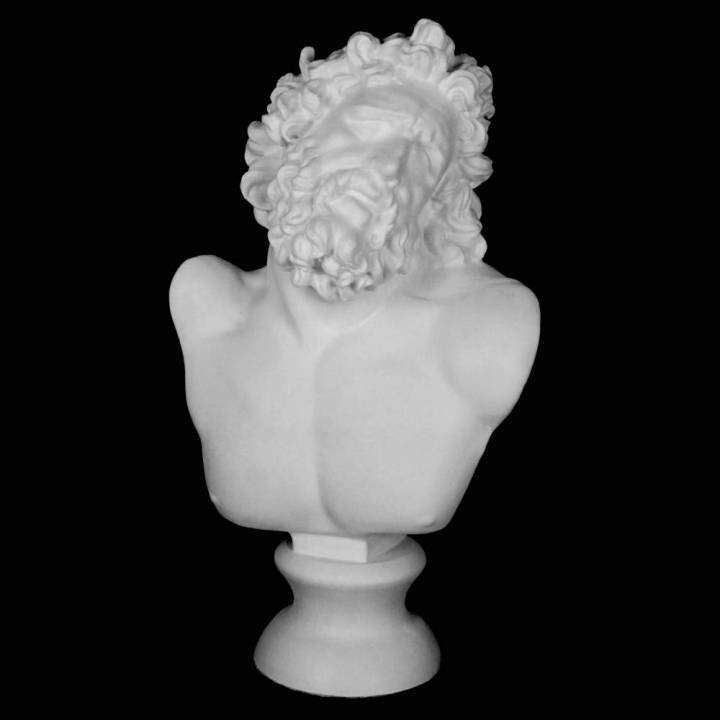
Head of Laocoon at The Réunion des Musées Nationaux, Paris
myminifactory
Laocoön, the son of Acoetes, was a key figure in Greek and Roman mythology, as well as the Epic Cycle. He was a Trojan priest who suffered a brutal attack by giant serpents sent by the gods, along with his two sons. Although Homer didn't mention him directly, Laocoön's story had been explored in a lost tragedy by Sophocles, and other Greek writers referenced it, despite varying accounts of the serpent attack. The most well-known account is found in Virgil's Aeneid, where Laocoön was a priest of Poseidon who attempted to expose the Trojan Horse by striking it with a spear. This act led to his death, along with that of his sons. Virgil famously quoted Laocoön as saying "Do not trust the Horse, Trojans / Whatever it is, I fear the Greeks even bearing gifts," which has become the phrase "Beware of Greeks bearing gifts." However, in Sophocles' version, Laocoön was a priest of Apollo who had married, despite being required to remain celibate. The serpents only killed his two sons, leaving him alive but suffering. In other versions, Laocoön was punished for making love with his wife near a cult image or for offering a sacrifice in the temple while his wife was present. The snakes were often sent by Poseidon and Athena, or Apollo, and their deaths were seen as proof that the horse was sacred. These different accounts have distinct morals: either Laocoön was punished for doing wrong or rewarded for being right. The famous statue of Laocoön and His Sons has been a beloved ancient sculpture since its discovery in Rome in 1506. The Vatican displays this exceptional work, which is believed to be the same object praised by Pliny the Elder. The life-sized figures show the Trojan priest Laocoön and his sons Antiphantes and Thymbraeus being attacked by sea serpents. The group has been an iconic representation of human suffering in Western art, different from Christian depictions of the Passion of Jesus and martyrs. Unlike those images, Laocoön's suffering has no redemptive power or reward. The contorted expressions on their faces, matched by their struggling bodies, especially that of Laocoön himself, convey the intense agony they endured. Charles Darwin pointed out that Laocoön's bulging eyebrows are physiologically impossible, highlighting the statue's artistic expression rather than its anatomical accuracy.
With this file you will be able to print Head of Laocoon at The Réunion des Musées Nationaux, Paris with your 3D printer. Click on the button and save the file on your computer to work, edit or customize your design. You can also find more 3D designs for printers on Head of Laocoon at The Réunion des Musées Nationaux, Paris.
